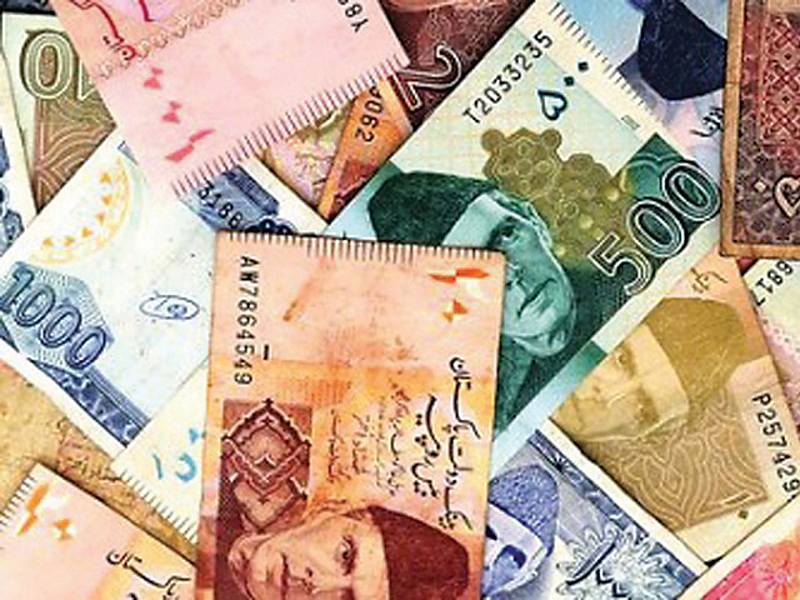
KARACHI: After a long period of above-target expansion in money supply in Pakistan, economic managers seem to have achieved a substantial improvement on the monetary front of late.
Noting that the supply of broad money in the economy increased 12.5% in 2013-14 as opposed to 15.9% in the preceding fiscal year, the State Bank of Pakistan (SBP) has said the deceleration was accompanied with a ‘favourable’ change in the composition of M2 growth.
Broad money, commonly referred to as M2, includes currency as well as deposits with the SBP. Major factors that affect broad money supply in an economy are net foreign assets (NFA) and net domestic assets (NDA) of the banking system.
According to the SBP, the composition of M2 growth changed for better in 2013-14. NFA expanded in the last fiscal year compared to a contraction recorded over the preceding fiscal year. Simultaneously, the increase in NDA in 2013-14 clocked up at almost half the expansion seen in 2012-13.
NFA indicates whether a country is a net creditor or debtor to the rest of the world. It saw an expansion of Rs332 billion in 2013-14 against a net contraction of Rs263.3 billion in 2012-13, SBP data shows.
On the other hand, NDA mainly represents net government sector’s borrowings and credit to non-government sectors. The break-down of the NDA shows that the improvement during 2013-14 was ‘entirely a function of lower government borrowings’ from the banking sector.
“Along with healthy growth in bank deposits, this improved the supply of loanable funds to the private sector,” the SBP said in a recent report.
Low government borrowings and a notable increase in bank deposits resulted in a higher demand for private-sector credit. The result was a historic rise in loans extended to private businesses in 2013-14 when it reached a six-year high of Rs383.9 billion.
In contrast, the private-sector had retired Rs19 billion on a net basis in 2012-13.
Private-sector credit in 2014-15
Despite a steep hike in the last fiscal year, credit to the private sector has remained relatively subdued so far in 2014-15. It amounted to Rs55.9 billion from the beginning of 2014-15 until December 5. In contrast, the private sector had borrowed Rs196 billion in the comparable period of the preceding fiscal year, according to SBP’s latest monetary aggregates.
This translates into a year-on-year decline of 71.4% in private-sector credit from July 1 to December 5.
In a positive development, net federal government borrowings from the central bank for budgetary support have gone down drastically since the beginning of the fiscal year. From July 1 to December 5, net federal government borrowings from the SBP amounted to a negative Rs196 billion. This is in contrast with the corresponding figure of Rs641.1 billion recorded during the same period of 2013-14.
The drastic reduction in federal government’s borrowings from the central bank has resulted in constrained growth in money supply in the economy since the beginning of the fiscal year.
Broad money grew by Rs150.6 billion during July 1 and December 5, translating into a growth rate of 1.5%. In contrast, money supply had increased Rs318.5 billion, or 3.6%, over the same period during the preceding fiscal year.
Data shows the currency in circulation has increased by Rs230 billion since the start of the current fiscal year. The increase in the currency in circulation during the same period of the last fiscal year was Rs267.1 billion.
Total currency in circulation on December 5 stood at Rs2.4 trillion, SBP monetary aggregates show.
The writer is a staff correspondent
Published in The Express Tribune, December 22nd, 2014.
Like Business on Facebook, follow @TribuneBiz on Twitter to stay informed and join in the conversation.













































COMMENTS
Comments are moderated and generally will be posted if they are on-topic and not abusive.
For more information, please see our Comments FAQ